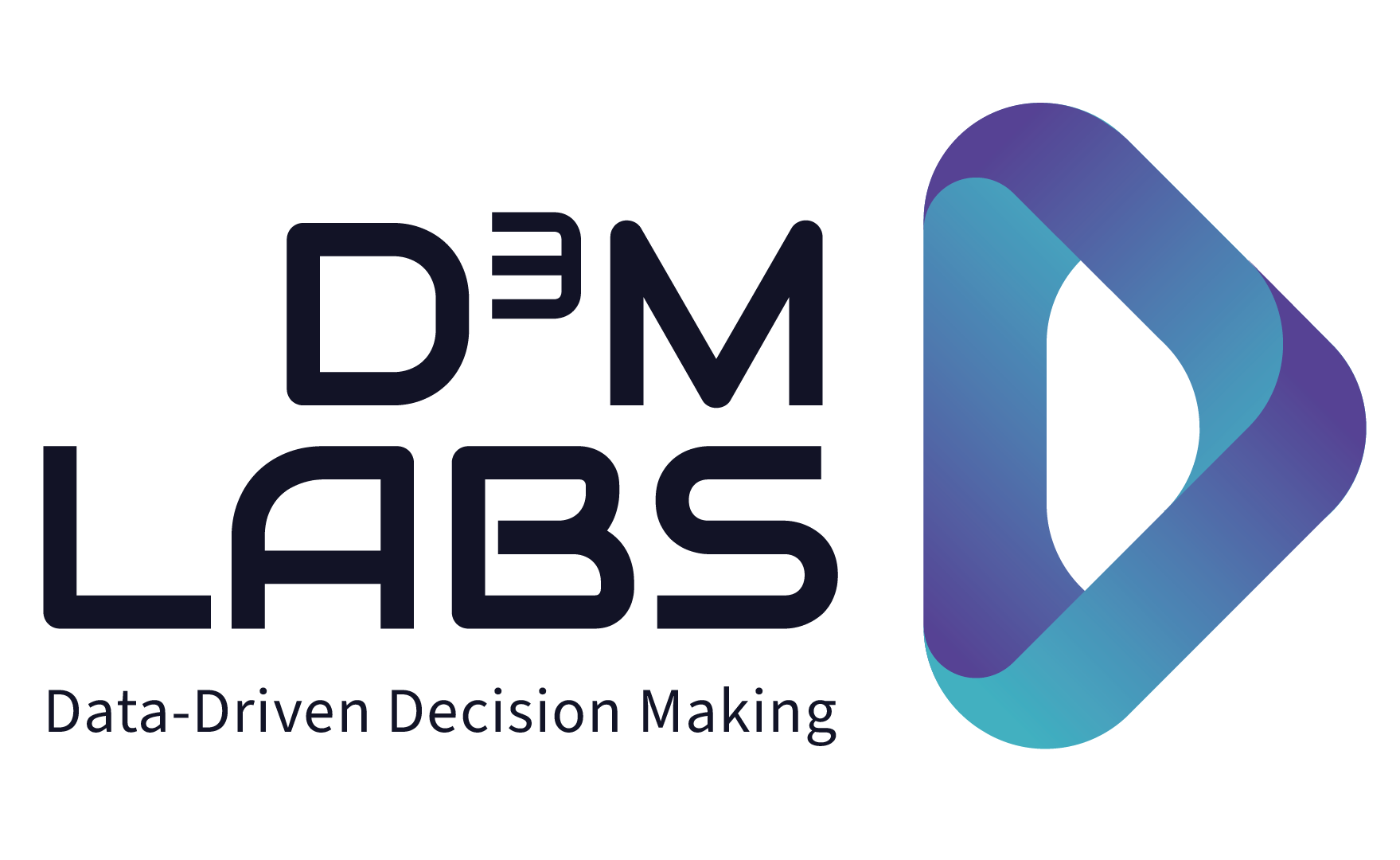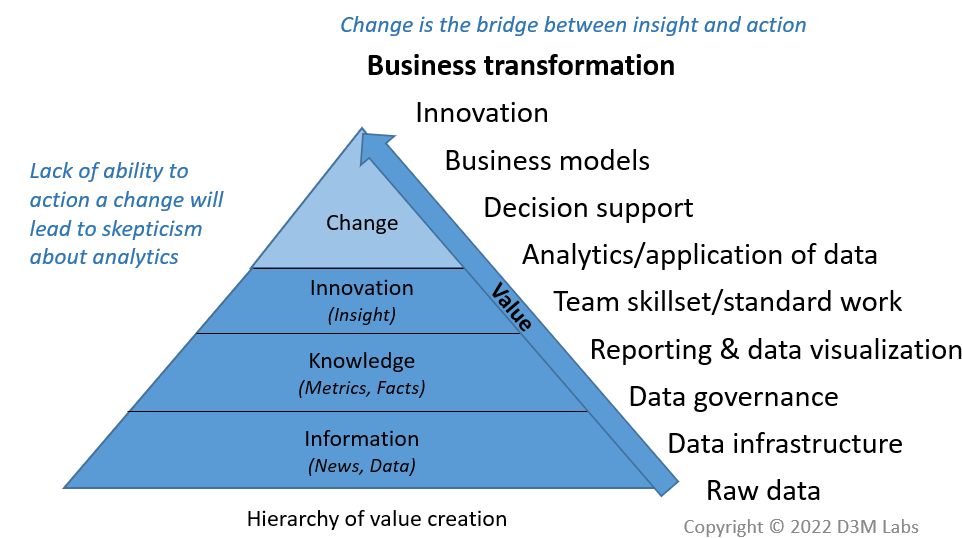Data-as-a-Service
Data-as-a-Service (DaaS) can be described as productized data-driven insight on demand. DaaS allows business users to access the data and insights they need at the timing they desire. The data and insights can be consumed by multiple individuals simultaneously, location-independent of where the data has been sourced and managed.
Going beyond the technology stack and into core business decisions, DaaS distinguishes itself from other as-a-Service products, because it enables data to become an active partner in human decision making.
Why is this important for your organization?
Monetizing the insights from your data can be very profitable. The data that you generate can be used to earn additional cash flow and even change your business model, increase your profitability and fuel growth into new customer segments and markets. Creating a customer for your DaaS product is the first step.
Let’s create your customer
The three major questions that you will have to answer in your process of creating innovative Data-as-a-Service products are:
- What problem will your customers be willing to pay to solve with your data & insight?
- What could a desirable solution look like?
- How can you bring this to market- both to internal stakeholders and external customers? (This question includes the business model for your DaaS product)
If you are a startup, creating a customer is your bread and butter. However, even if you work for a company with an established brand, product and customer base, you will need to create a customer for your Data-as-a-Service product. Productized data could potentially solve different problems than your existing product. That means that even if you have an established client base, you will have to create a new customer for your Data-as-a-Service product.
Why is Data-as-a-Service a necessary innovation?
Moving data up the hierarchy of value creation beyond Information is a major challenge for most organizations. The ability to productize data, analytics and insights in a way that helps your customers gain quicker time to insights across their employee base and partnership ecosystem can be highly profitable.
Data-as-a-Service offerings allow organizations to outsource their analytical needs to specialists.
As big data innovations become more sophisticated, organizations will struggle to access specialized big data skillsets and sift through the multitude of big data technology vendors to build both a team and a technology stack. Only large organizations who are well funded and believe that sourcing and managing vast amounts of data are within their strategic scope will want to invest in in-house production of data products. Beyond production, many organizations lack the skills to properly package the data into a format that will enable their employees to access and action insights, much less scale this knowledge across geographies and stakeholders.
The rise of „self-service“ business intelligence (BI) tools and broad awareness of the importance of data is increasing the desire of individuals to access and use data to improve their performance. The challenge many organizations face is the need for staff with a broad range of skillsets to be able to access and use vast amounts of data and sophisticated statistical analysis in an impactful manner. Major challenges exist in areas such as ease of use, process management and compliance.
What does Data-as-a-Service product look like?
Using Ovum’s nomenclature, the productizing of data has three basic steps (image depicting data flow sourced from Ovum):

- Sourcing: This step is procuring the data itself and creating the infrastructure for the data.
- Management: At this point, the data is aggregated, cleansed and undergoes analytical processing.
- Provision: This is where the data is packaged in a consumable form. That often means it is evaluated and visualized. This step also includes access and distribution.
Understanding the needs of your customers, what form your product can take and how you can bring your DaaS product to market is a process that necessitates experimentation and structured learning. Cultivating a unique value proposition can be done through hypotheses and using data to learn from experimenting in uncertainty in order to validate and plan your go to market strategy.
Many organizations choose to focus on their core value proposition and add value to the end customer through strategic partnerships with complimentary vendors, rather than covering the entire productizing process.
Here are some examples of DaaS products
Public data has been productized by organizations such as the UN (http://data.un.org/) to Google (www.google.com/publicdata).
Marketing and advertising are also two areas with long standing Data-as-a-Service business models. Dun & Bradstreet is an example of a company who has created Data-as-a-Service platform for customer insights.
General Electric created Predix as a cloud-based analytics platform for the industrial internet.
Traditional large technology vendors such as Oracle with legacies in data management are also bringing DaaS products to market.
This Blog also appeared on Dataconomy (http://dataconomy.com/create-daas-products/)
Related articles
Data-as-a-Service lessons from the company that was right about Trump
Turning Big Data Disillusionment into Opportunity with Data-as-a-Service Products

